Mission Report – Dr. Liguang Huang | Video – Rebecca Liu
Because of Love
—A Journey of Medical Mission to Haiti, September 2024
By Liguang Huang
Shortly after the plane took off from Fort Lauderdale, I looked out the window and exclaimed, “Wow!” There were those familiar little islands! They were scattered across the deep blue waters of the Caribbean, like pearls embedded in the sea! White waves crashed on the shore, like a silver chain, followed by the emerald green coral reefs. The color combination was truly breathtaking.
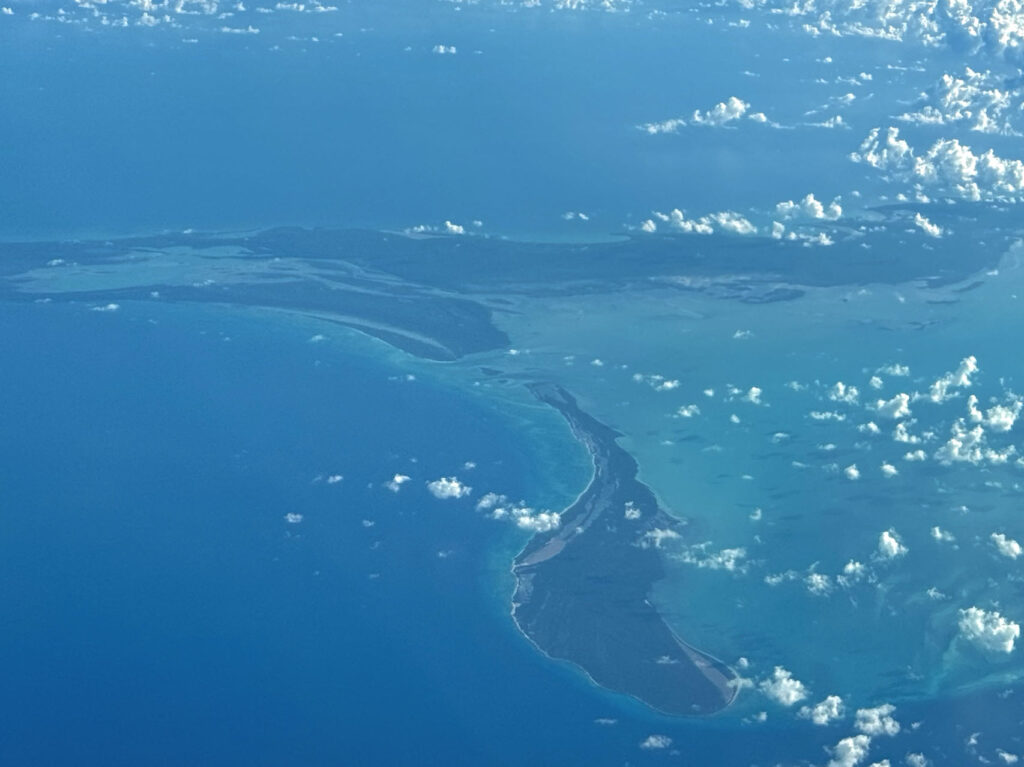
However, this time, our journey was not for sightseeing but for a medical mission to Haiti. Our team of 10 will be performing surgeries and outpatient services for over 40 patients over the course of three and a half days.

An hour later, the plane had entered Haitian airspace. Looking down, I saw undulating mountains with scattered farmhouses and narrow, winding roads. We arrived at Cap-Haitien, the second-largest city in Haiti. Haiti is the poorest country in the Western Hemisphere. In 2023, with a population of over 11 million, the per capita GDP was $1,740, an average of $4.7 per day. Most people
cannot afford medical expenses. If they are ill, many are left to their own fates. The average life expectancy for men is 64.5 years, and for women, it is 68.7 years, while in the U.S., it’s 76 for men and 79 for women.

Our mission is primarily to perform surgeries for patients suffering from lymphatic filariasis with hydrocele. This condition is a complication of acute filariasis. The disease is transmitted through mosquitoes. Over ten years ago, the WHO provided large quantities of medication for water treatment in Haiti and other tropical areas, greatly reducing the incidence of acute filariasis.
However, filariasis is not eradicated. The chronic complications following acute infection usually take five to seven years to manifest. Men suffering from lymphatic filariasis with hydrocele face not only family life challenges but also difficulty walking and a loss of work ability. This undoubtedly adds another burden to already struggling families.
A hydrocele surgery, which lasts just over an hour and costs around $250, can completely cure the disease, allowing men to regain their dignity and ability to work. Since Dr. Steven Shu established the “Make Men Smile” project eight years ago, we have successfully performed hydrocelectomies for hundreds of Haitian men, bringing them healing, restoring smiles to men, and spreading joy to their families.
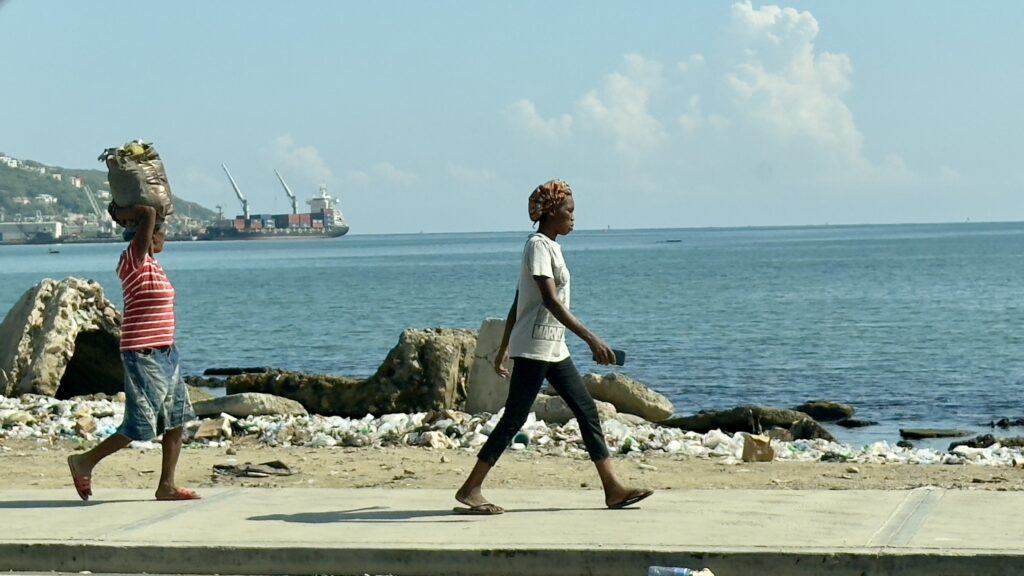
It was Saturday, and the market was bustling. As we drove through the city, we could see glimpses of the everyday life of the Haitian people.
This was my fifth time participating in the medical mission in Haiti, and what I saw on the road hadn’t changed much from a few years ago. Trash was everywhere, foul odors filled the air, and smoke from burning garbage filled the sky. People crowded the streets, with the sounds of motorcycles, voices, and car horns merging into a cacophony. In the sweltering heat of the open market,
vendors near the trash heaps were selling meat. The meat was covered in dust, with flies and bugs flying around, I couldn’t help but wonder, don’t the meat spoil?
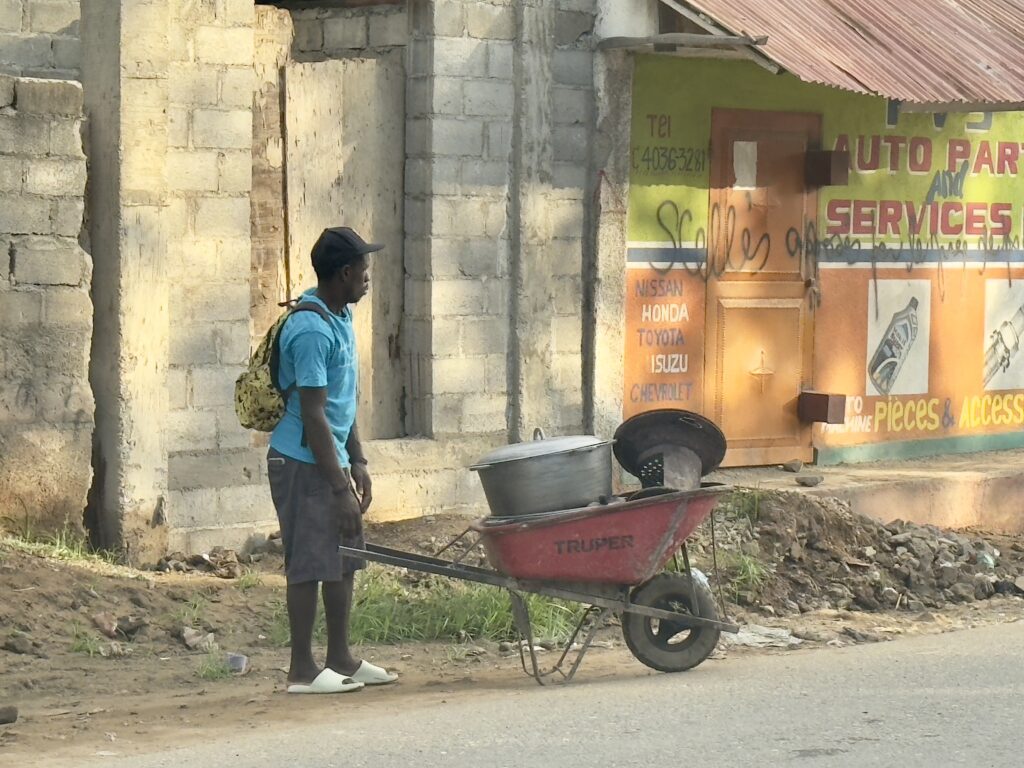
Strangers’ faces flashed past me; it was as if they lived in another time and space.
The chaos and unrest in Haiti are well-known. This situation is especially severe in the capital, Port-au-Prince, where about 90% of the roads and surrounding areas are controlled by gangs. Kidnaping targeting the foreigners happens from time to time.
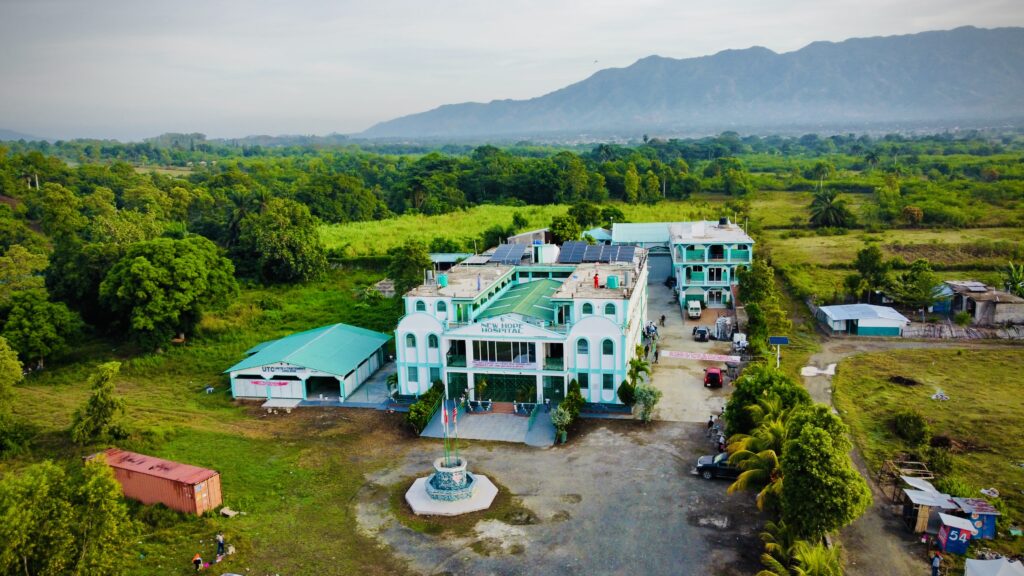
New Hope Hospital
Compared to the capital, Cap-Haitien is much safer. In 2023, the homicide rate was 40.5 per 100,000 people, whereas in Baltimore, it was 58 per 100,000. With precautions we took, our safety level was increased. The New Hope Hospital where we are partnering has security on guard 24/7, with walls around it. So the mission is quite safe. Please rest assured.
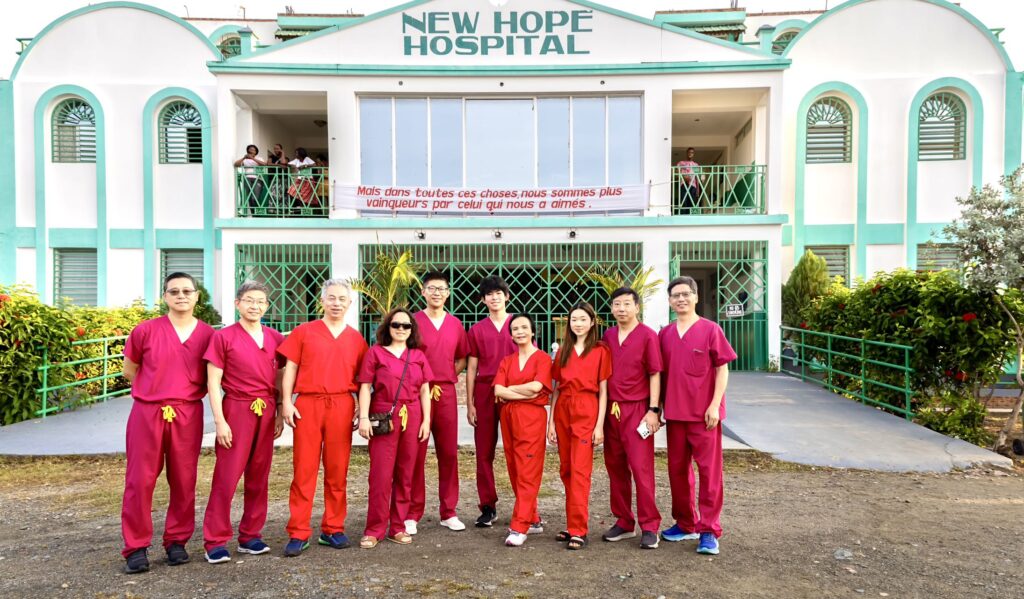
After settling in and eating lunch, we immediately unpacked and got ready for surgery. All the necessary surgical items had been airlifted in advance. We had four surgeries lined up.
This time, the surgical team was stronger than ever. We had five anesthetists, two surgeons.

A new day has begun. Lord, your faithfulness is new every morning.
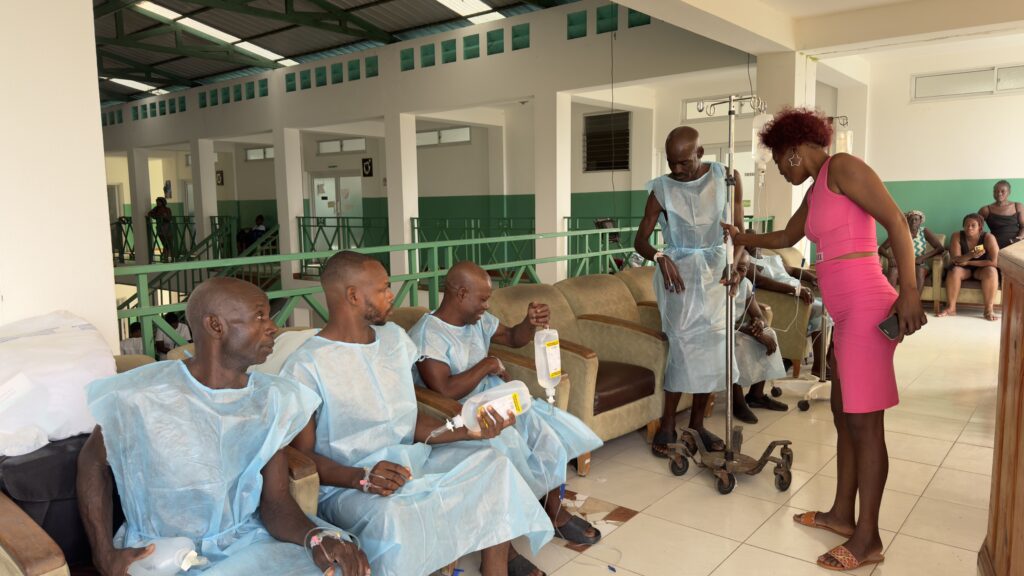
Patients awaiting surgery sat in the pre-op area. They were screened by the primary care physicians in the hospital. Lab works were done.

This is a hydrocele, the build-up of fluid in the testicular sac. It’s estimated that the volume of fluid is about 1000 milliliters. It’s hard to imagine how this patient manages his daily life, carrying such a heavy sac—how inconvenient it must be for him to urinate and work.

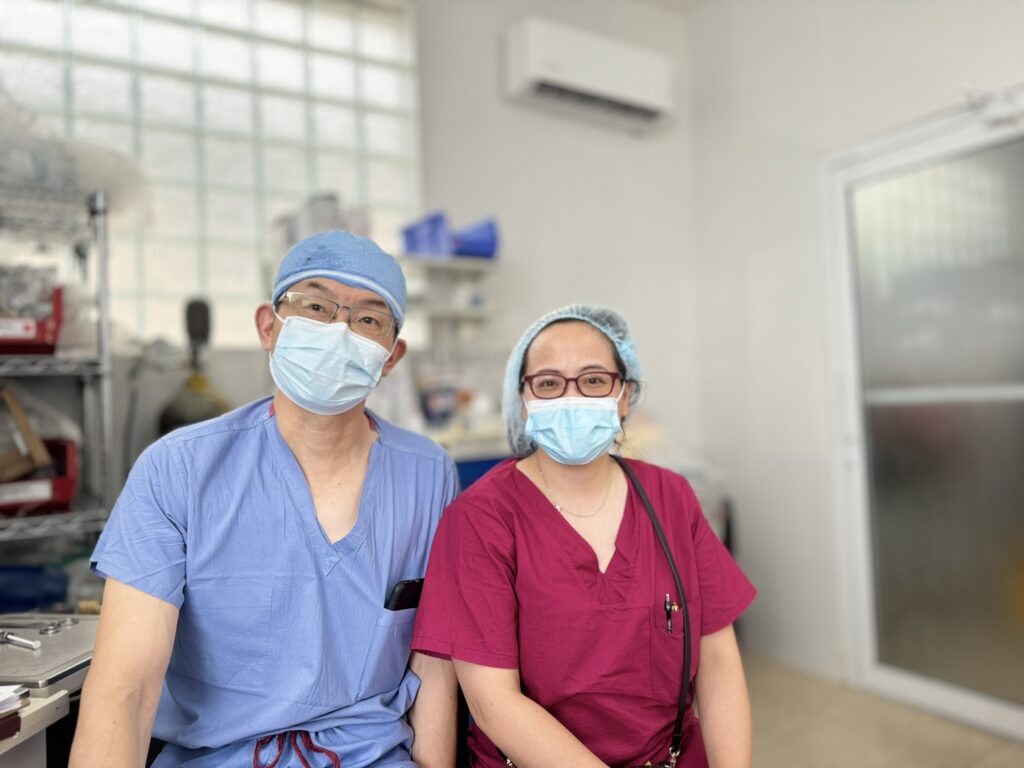
Anesthesiologists at work. We used spinal anesthesia for all the cases. All the anesthesia supplies and surgical supplies were shipped from the USA to New Hope Hospital before the mission.

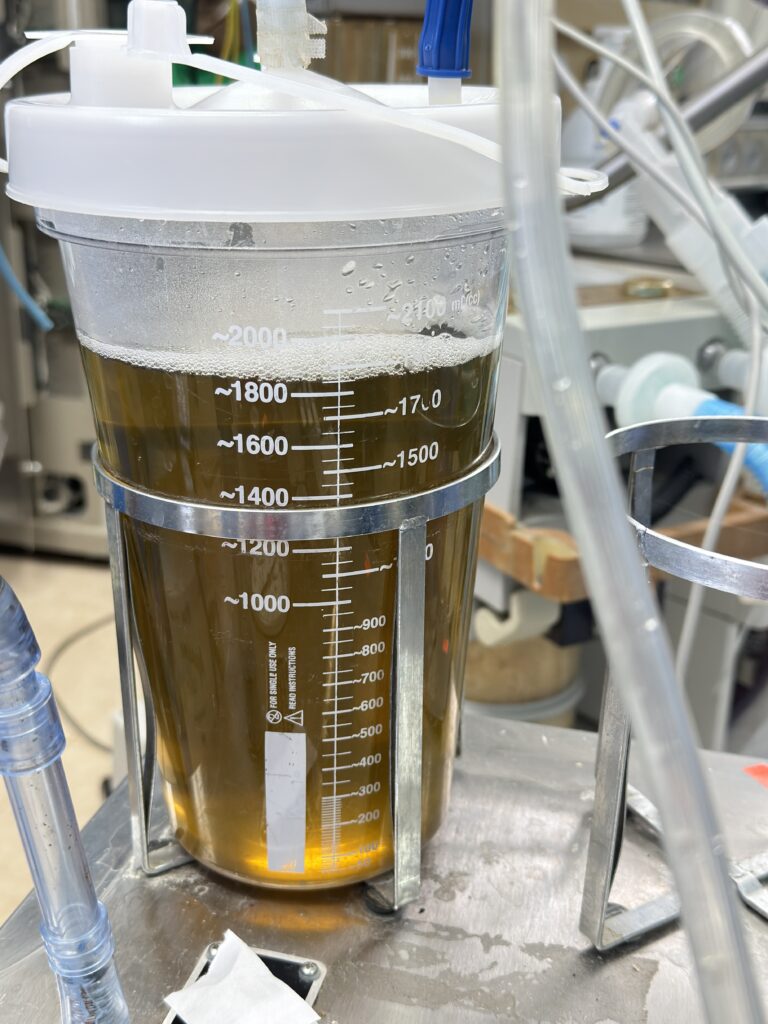
Hydrocele fluid was suctioned out.
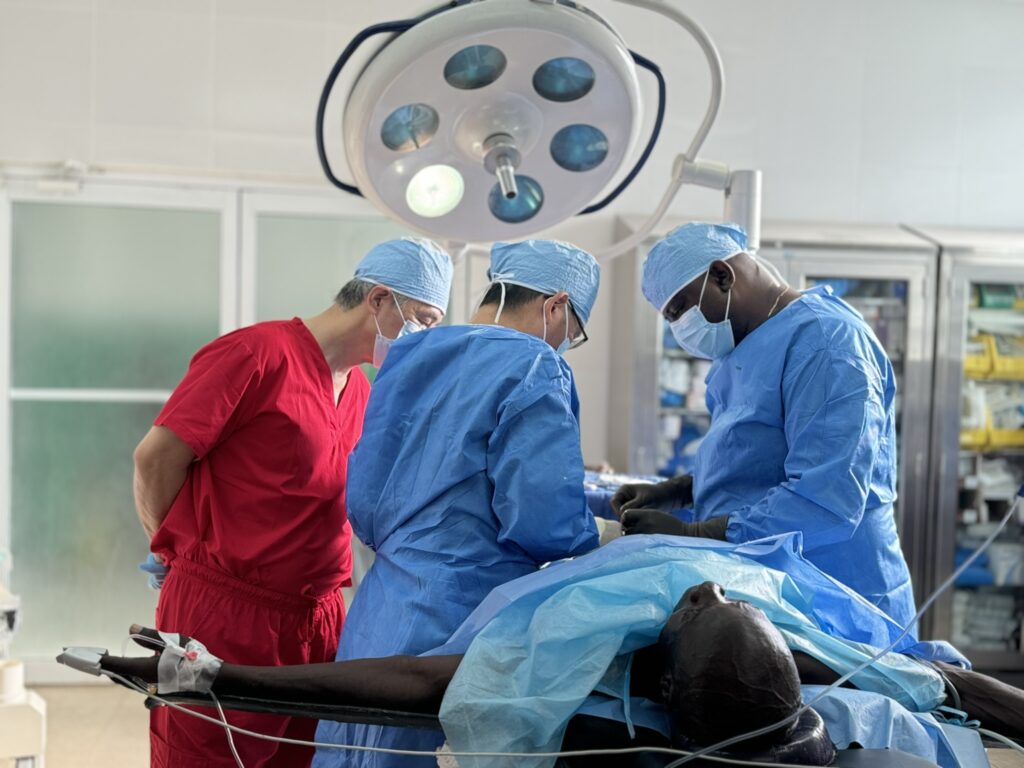
A local surgeon Dr. Etiene also joined us operating an inguinal hernia repair. The collaboration between us and New Hope Hospital was phenomenal. Over the last 8 years, we trained three Haitian doctors to perform the surgeries. Now they are part of our mission program.
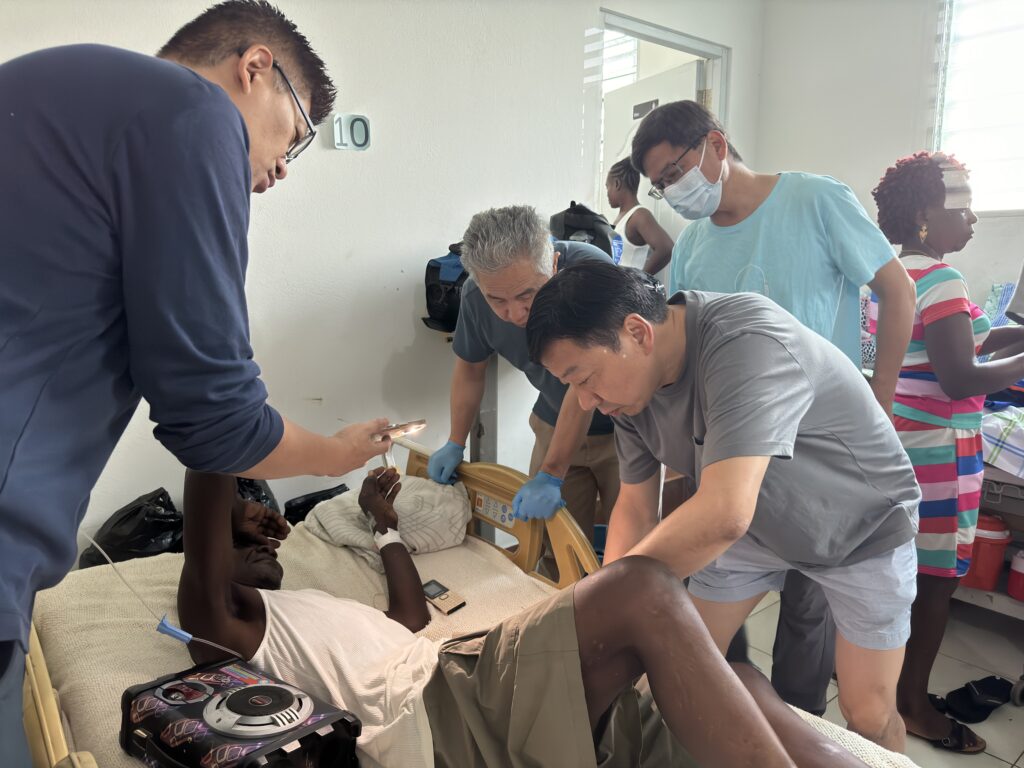
Crowded PACU. Five to six patients stayed in one room. Though theoretically all the patients could be discharged home on the same day of operation, but since they often travel afar to come here, in order to make sure that they did not have any problems post the operation, they were all kept in the hospital overnight and discharged next morning. In the afternoon, patients for the surgery on the next day would be admitted, and took a shower in the hospital. It was common that the patients did not have running water at home and would not take a shower for days, if not weeks.

The patient was ready to be discharged.
A total of 41 patients, among them 24 patients with bilateral hydrocele and 17 with unilateral hydrocele were operated . In total, we completed 65 hydrocelectomies, 3 inguinal hernia repairs and one orchiectomy. The oldest patient was 91, the youngest was 35, and the largest fluid accumulation was 2100 milliliters.
One patient had a huge mass, along with hydrocele. It required an orchiectomy (removal of the testicle), as it was likely a malignant tumor. But the pathology lab is still needed to be built.
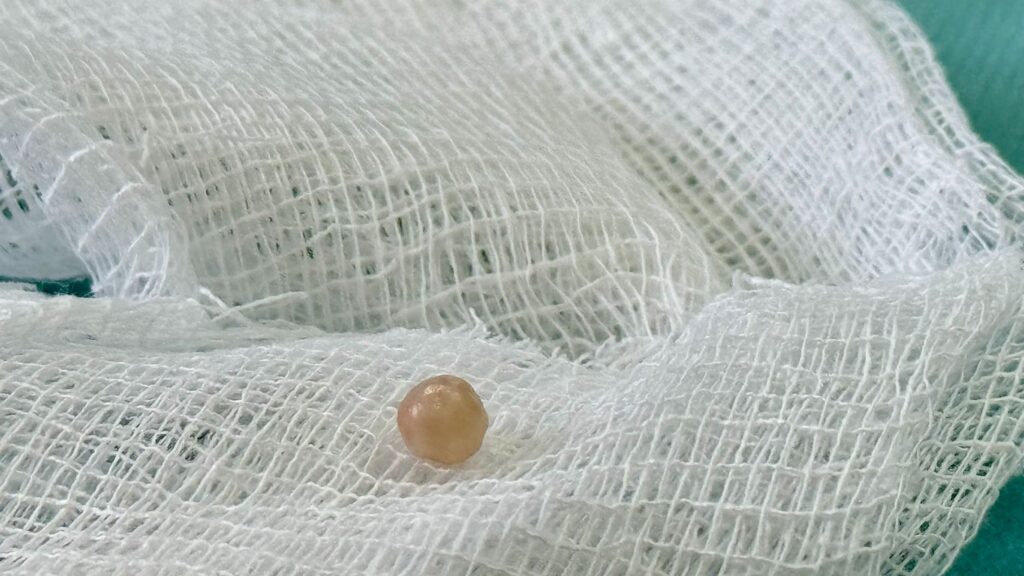
We also discovered a “pearl” in one of the fluid collections. This just hinted how long the hydrocele fluid took to build. Besides beer-colored filarial hydrocele, there were also “chocolate-colored hydrocele,” which occurs due to long-term accumulation of blood and fluid in the testicle.
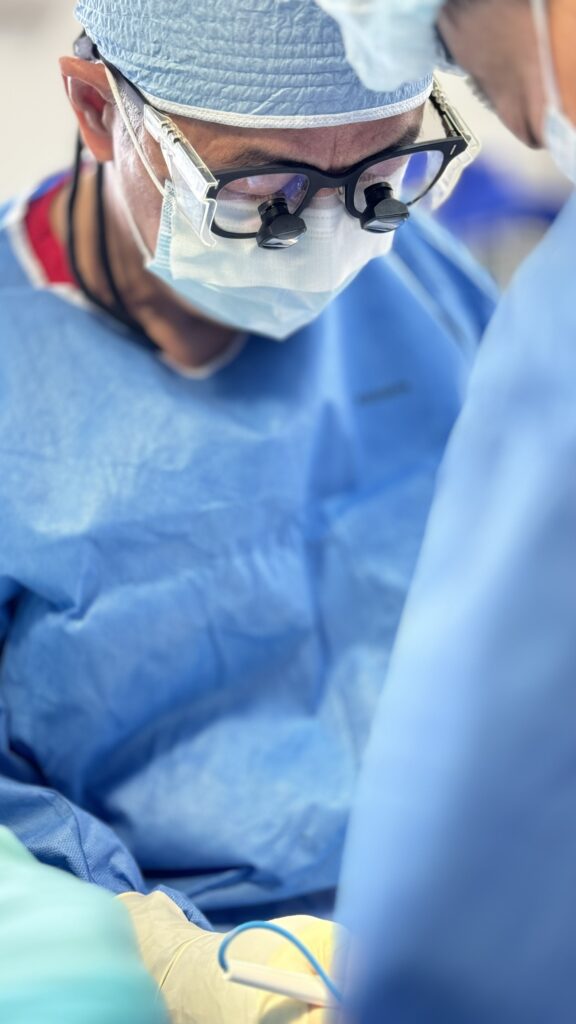
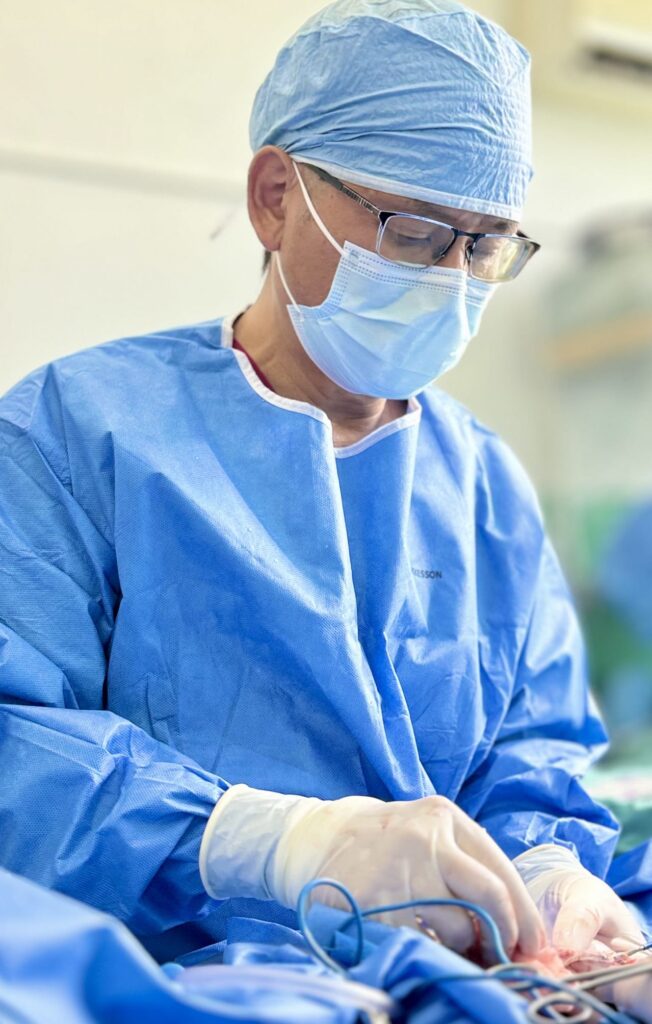
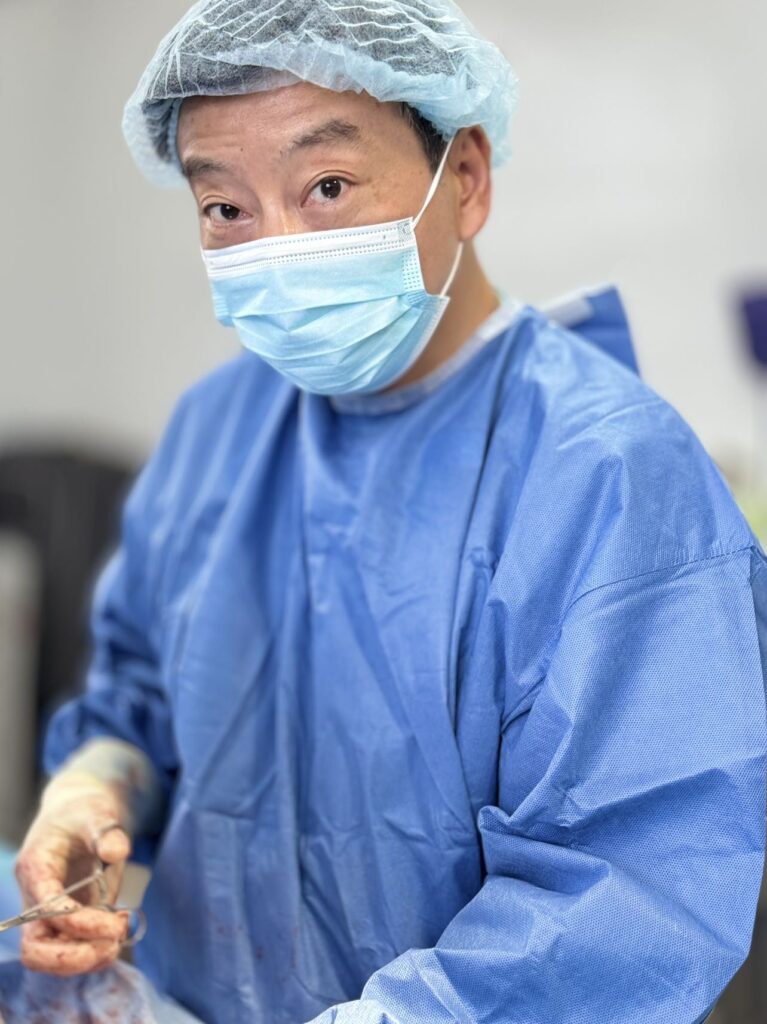

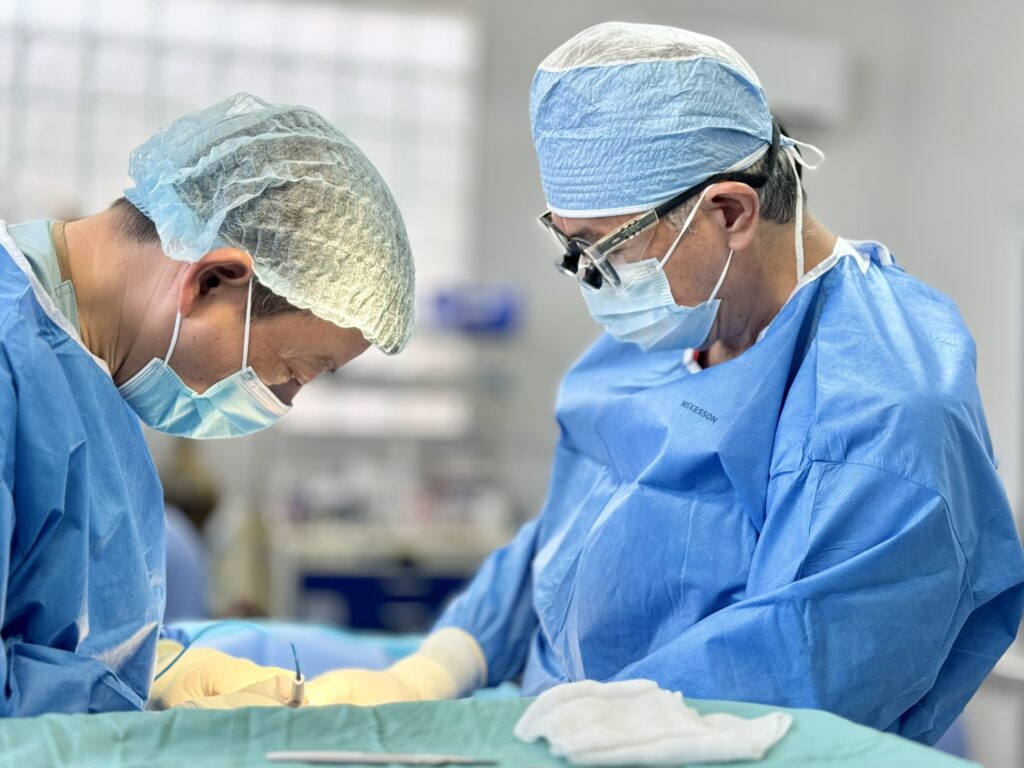
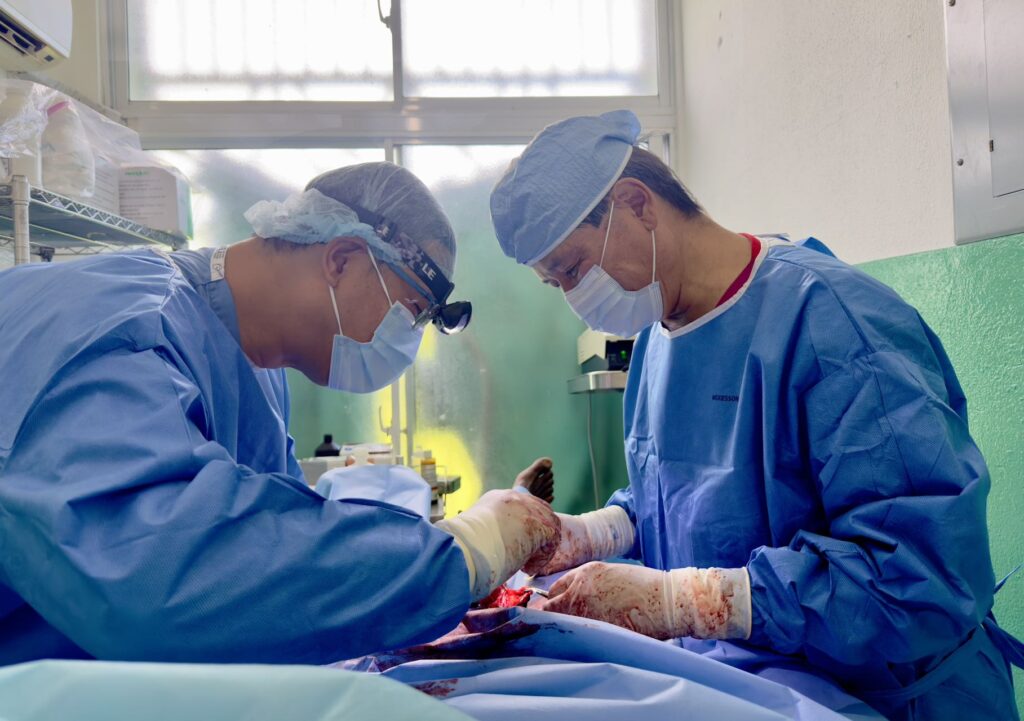
Our surgeons. Operating in the hallway operation area. Poor lighting in the hallway operating area. Headlight was used.
The working conditions are incomparable to those in the U.S. There are often flies in the operating room, and only one bulb works in the shadowless lamp. Another operating area, converted from a hallway, has weak air conditioning, poor ventilation, and narrow space. and the only light source is a small ceiling lamp. Dr. Haibin Wang had to use a headlamp for extra lighting. The operating
table cannot be adjust up or down, so the doctors had to bend over during surgeries. By the end of the day, their backs were sore and legs swelled. Yet, none of our team members complained!
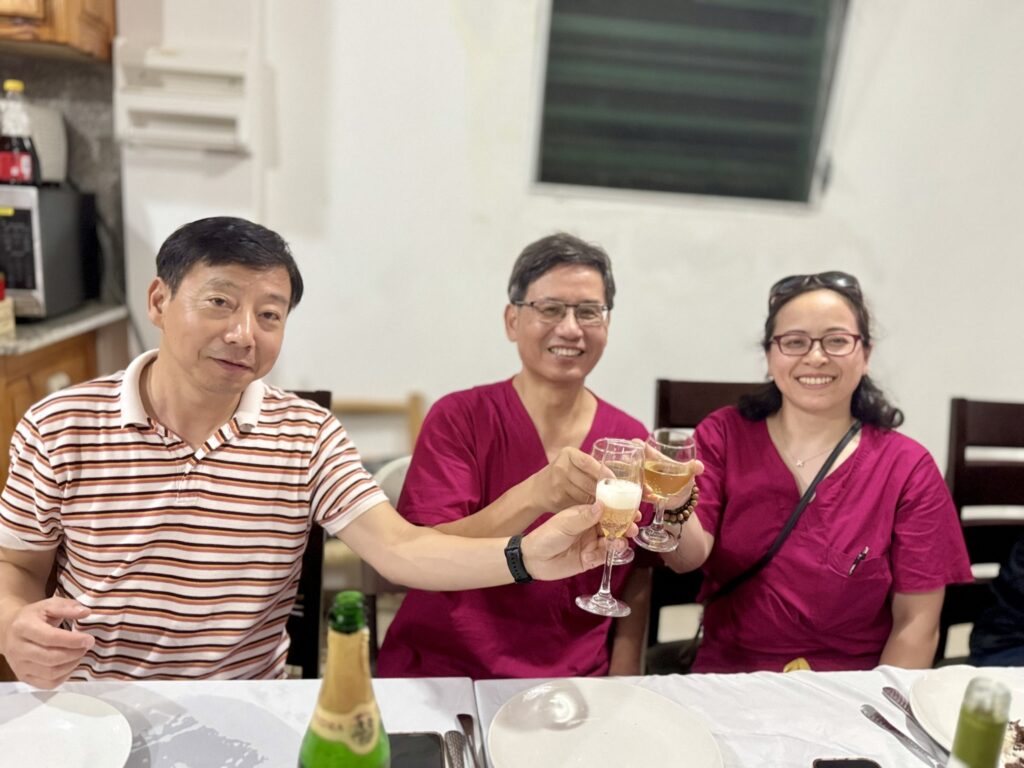
Was it exhausting? Absolutely. But at the end of the day, after finishing all the surgeries, we were happy. We knew that today’s patients would experience a complete change in their lives thanks to the surgeries, which were completely free of charges to them. They would regain their dignity as men, and return to their ability to work. All of our efforts were worth it, given the outcomes. As a doctor, what could be more gratifying than seeing a patient healed?
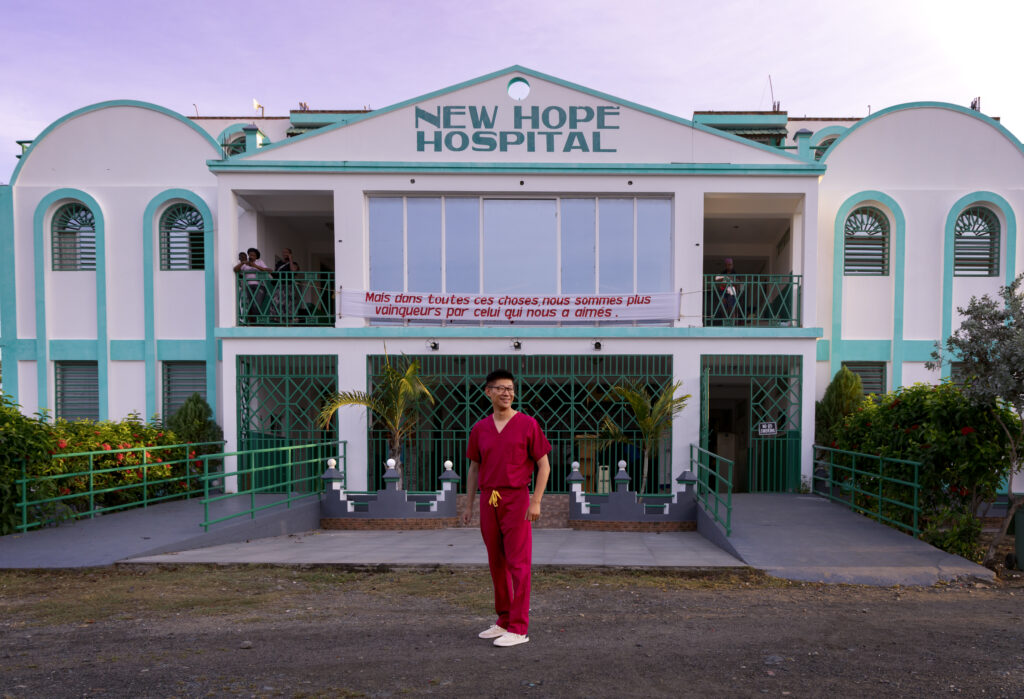
Dr. Gang Lu, a hematologist, took charge of the outpatient clinic alone this time, handling the patients with unwavering determination. Before departure, some commonly used medications for treating hypertension, diabetes, and acid reflux were purchased. For patients with hypertension and diabetes, we provided them with a one-month supply of medication. They were given prescription to refill the medication.
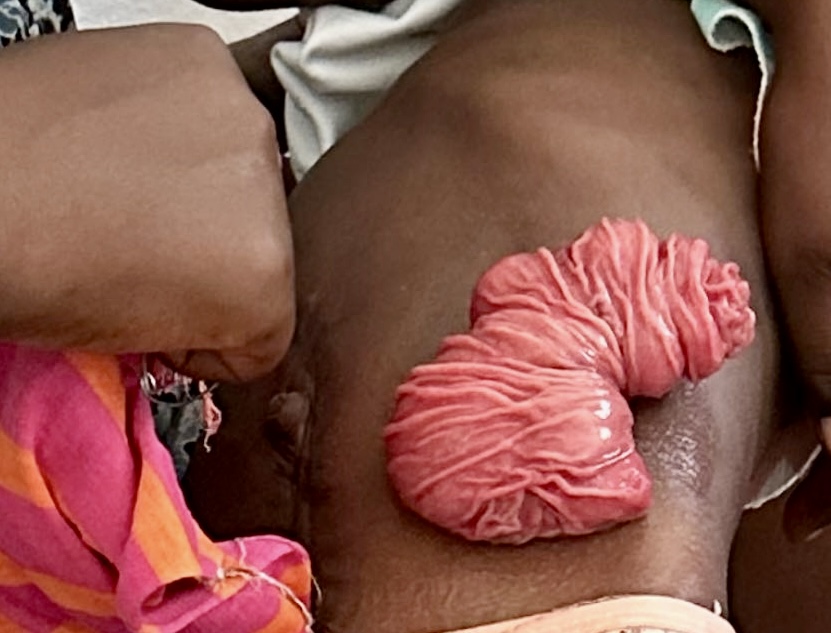
One patient, a seven-year-old girl, was born with a congenital imperforate anus. She underwent a colostomy at a nearby hospital. About seven months ago, the intestines prolapsed from the stoma, and her mom covered it with clothes. They had no money for further surgery.
However, pediatric surgeries are not our specialty. What could we do? In the end, we consulted with the president of the hospital and the local general surgeon and decided to sponsor the surgery for this child.
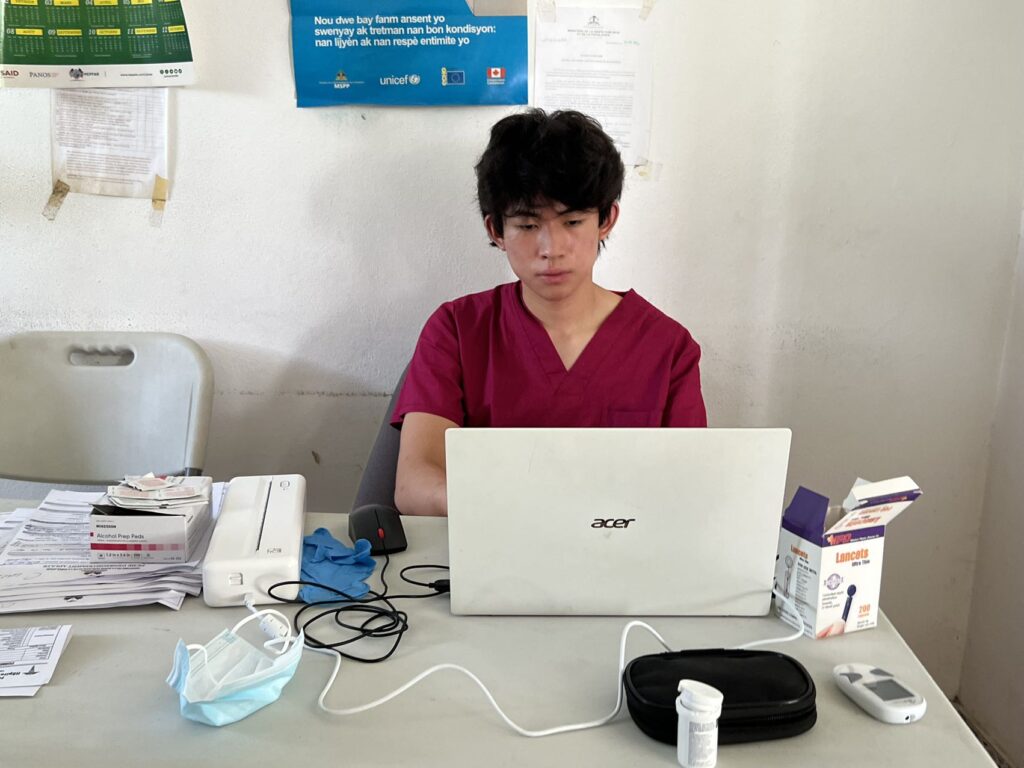
Among the volunteers were two high school students. Jack Lu participated in our medical mission for the second time. He collaborated in designing electronic medical records (EMRs) for the outpatient clinic. From now on, our outpatient patients will have electronic records, which will help track and treat those with more serious and chronic conditions
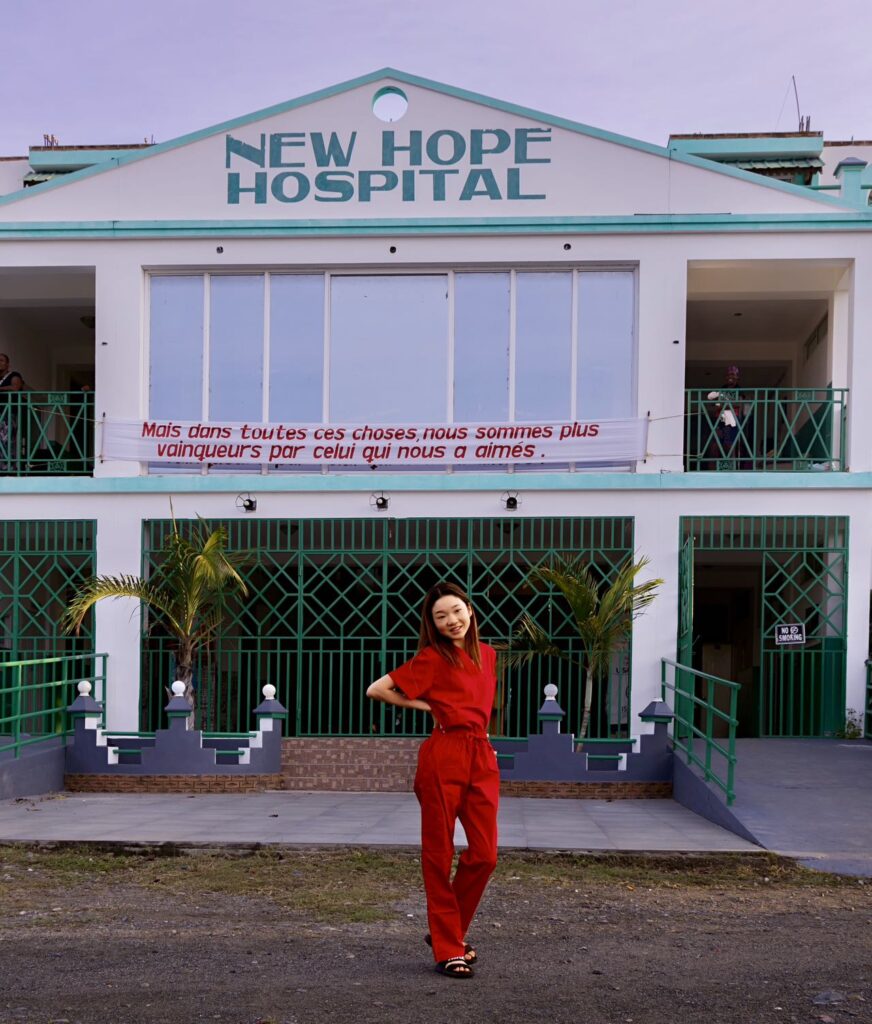
Rebecca Liu participated in our medical mission for the first time. She enjoys creating videos and is quite a talented YouTuber. Here is one of the videos she made: https://youtu.be/naiEJmcjWoc . Viewing Haiti and our mission through the eyes of a high school student offers a fresh perspective.
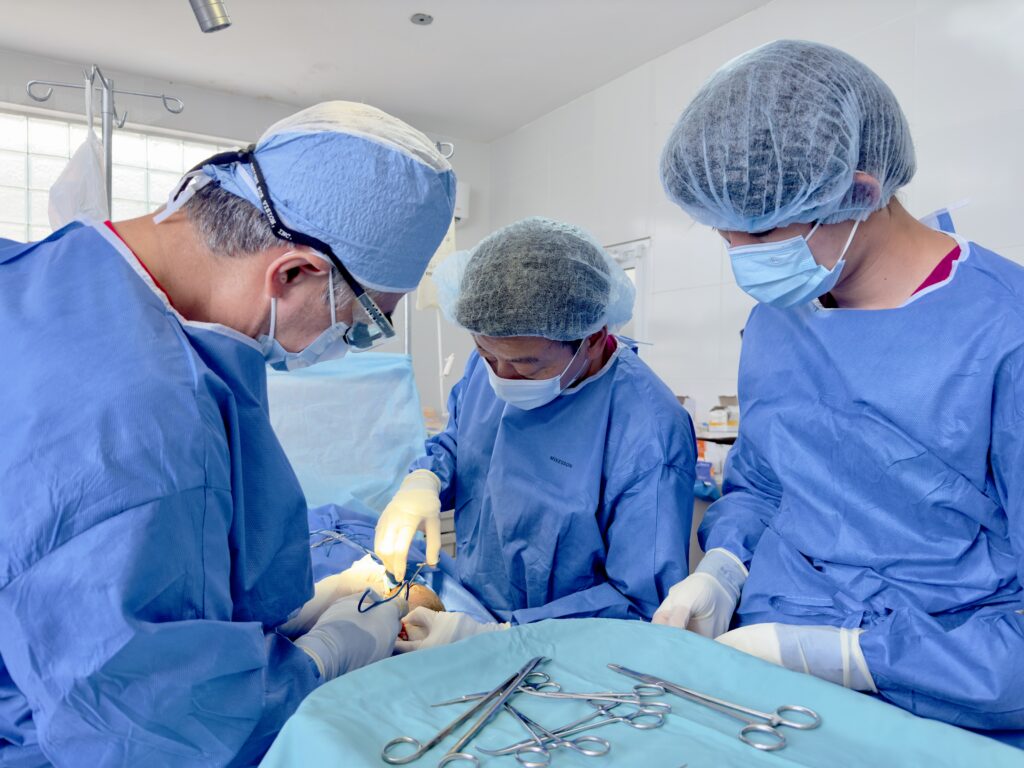
These two young students also had the opportunity to observe surgeries in the operating room, wear surgical gowns, and assist. Such learning opportunities are impossible to come by in the U.S. It doesn’t matter whether these kids pursue a career in medicine or not in the future; what’s important is that they witness the dedication and meticulous care their fathers bring to their patients, helping them understand the significance of their work. This experience will likely have a profound impact on them. Character development is perhaps even more important than the type of job they will have in the future.
The successful completion of our medical mission could not have happened without the immense help of Dr. Eugene Maklin, the president of New Hope Hospital. Our cooperation over the years has brought us great joy in working together.
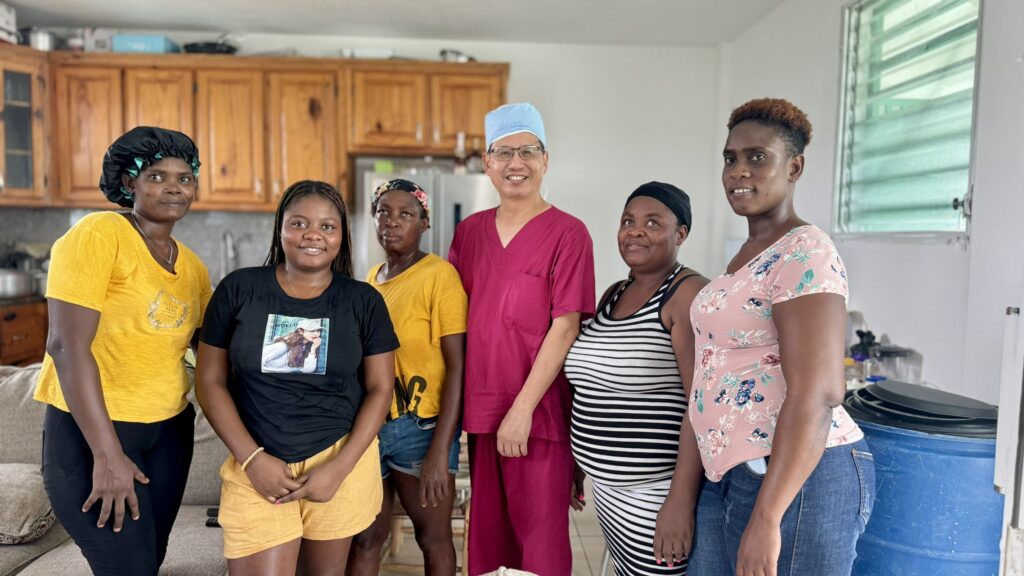
Our cooks also played a vital role. There was only one fan in the kitchen, no air conditioning, and they cooked with gas. Every time I stepped into the kitchen, a wave of heat hit me, and the temperature inside must have been at least 100 degrees Fahrenheit! Despite this, they prepared three meals for us every day without complaint, and their sincere smiles could melt anyone’s heart.

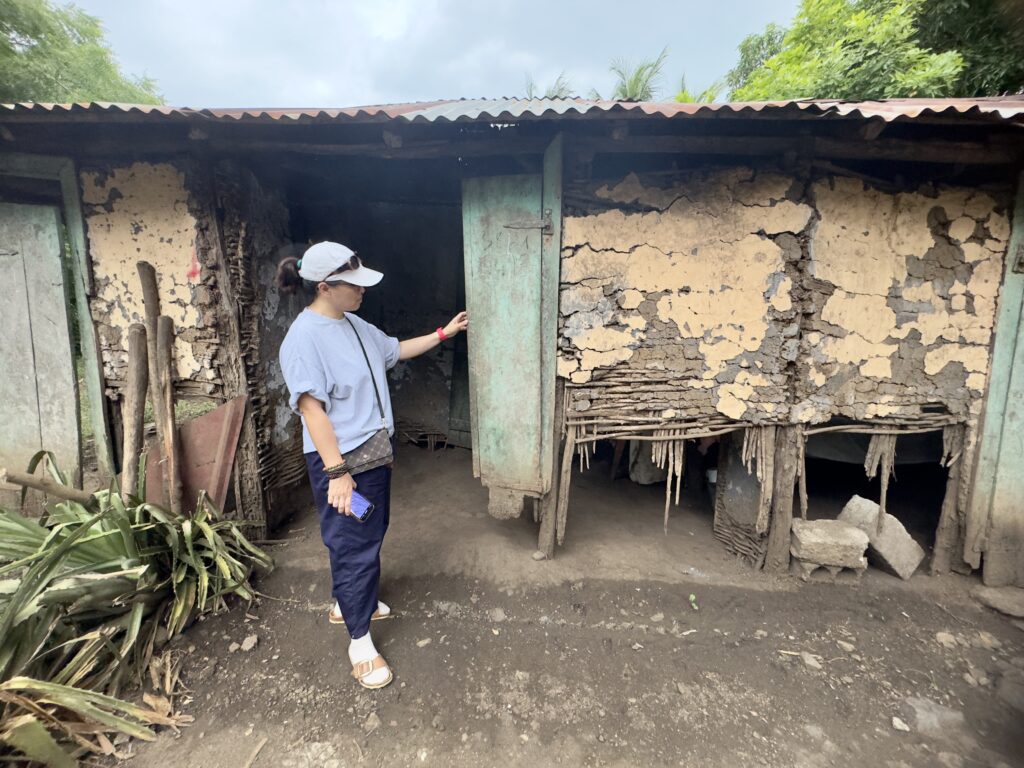
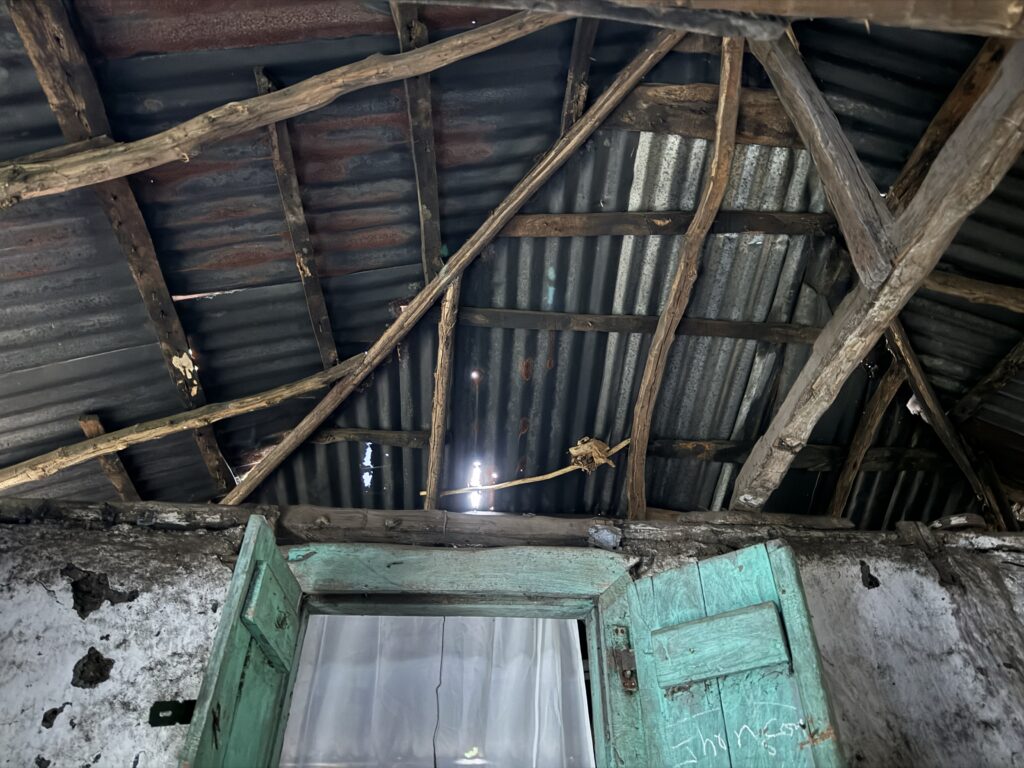
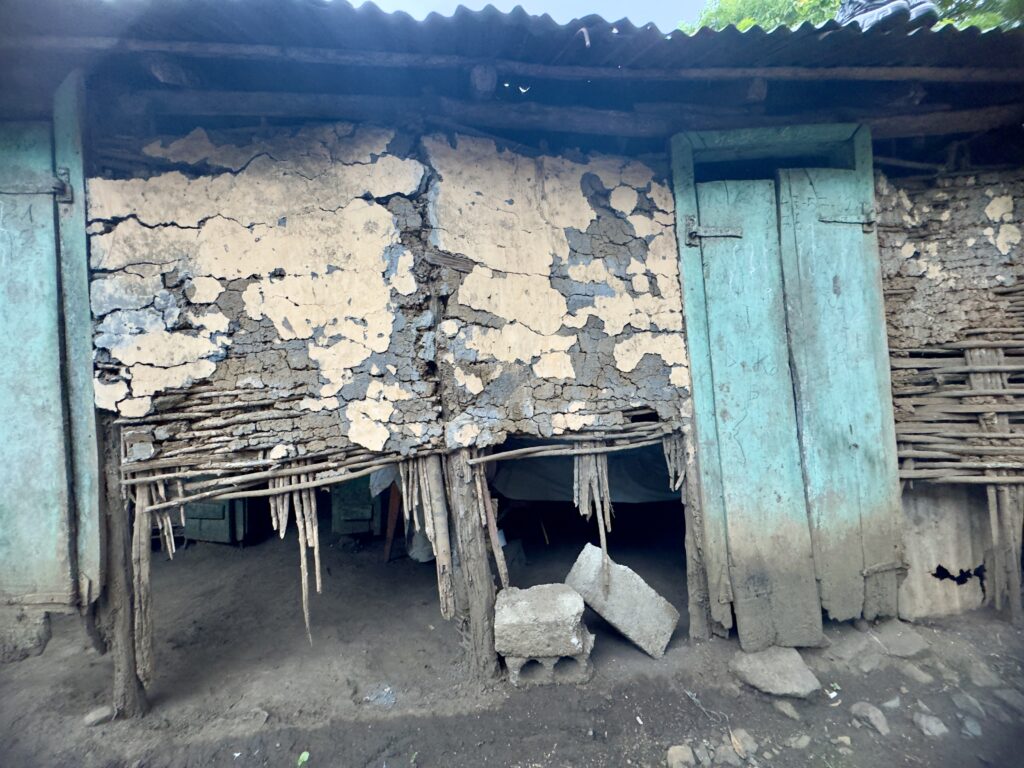
We also visited a family living behind the hospital, where the man works as a milker. They live in a dilapidated shack with a leaking roof, drafty walls, no lighting, and no running water. The man makes a living doing handy work and milking cows, while the woman sells small items in town. Their three children had stopped attending school.

The evening after we visited the family, there was a huge thunderstorm. Even we had to put buckets to catch the rain in the hallway in the hospital. How much more rain they had in the leaky shack. My heart was heavy.
Over the past two years, I received $900 in donations, and along with a little of my own contribution, the children are now able to attend school. My hope is to help this family improve their living conditions by fixing the roof and sealing the walls. I still accept donations, and if you feel moved, even a $10 donation could help this family. The estimated budget for the project is around $10,000. Donations can be made via my email: lig.huang@hotmail.com.
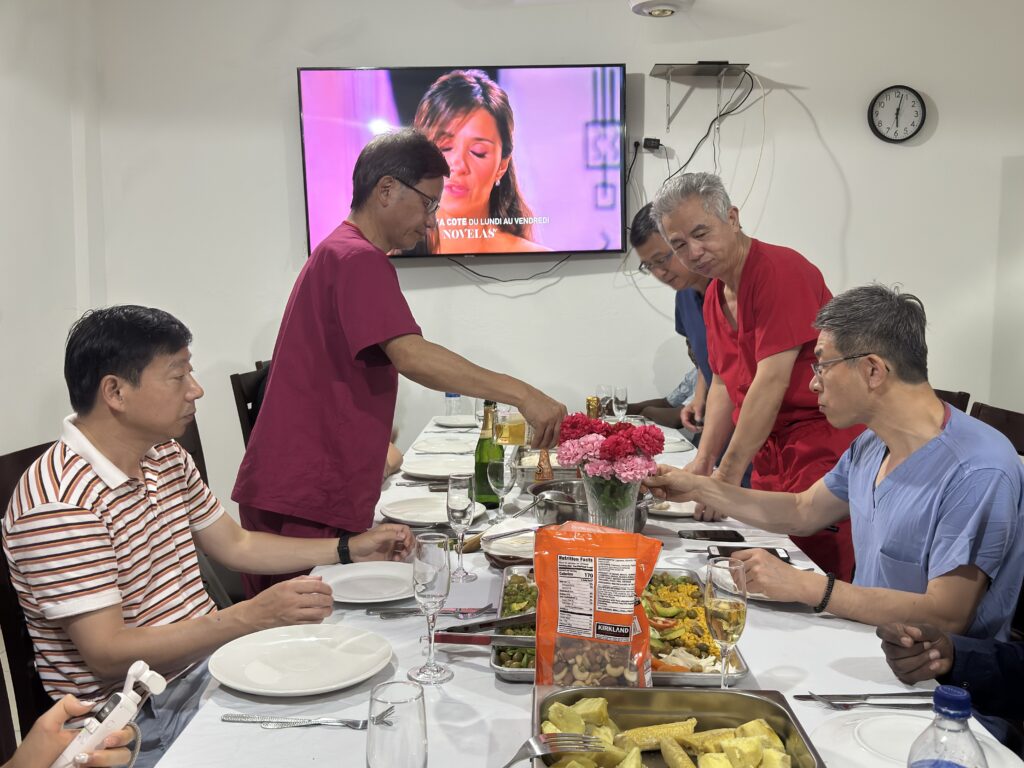
The mission concluded successfully. Tonight’s dinner was particularly lavish, with not just beer, but also Haitian rum! “Cheers!” Dr. Xu shouted loudly, giving me quite a shock. “Drink up!” Tonight, we celebrated. We toasted to the patients receiving the treatment, to the safety of the surgeries, to the beauty of our collaboration, and to meeting old and new friends here in Haiti. I brought along mooncakes for the Mid-Autumn Festival and various wild fruit teas from Greenland!
Sometimes, I wonder why these people come to Haiti for medical missions. Is it because it benefits them personally? Are the patients their acquaintances or friends? Is it because Haiti offers beautiful surroundings and comfortable conditions to enjoy? None of these!
Among us are Christians, Buddhists, and non-religious people. However, our differences in faith do not prevent us from working together in unity for the medical mission. There is a power that works in our hearts, making us willingly spend our own money, time, and effort, and even take risks to step out of our comfort zones to serve the people of Haiti. What is this power that drives us to
act, not for our own benefit, but for the well-being of others? It has a name: love!
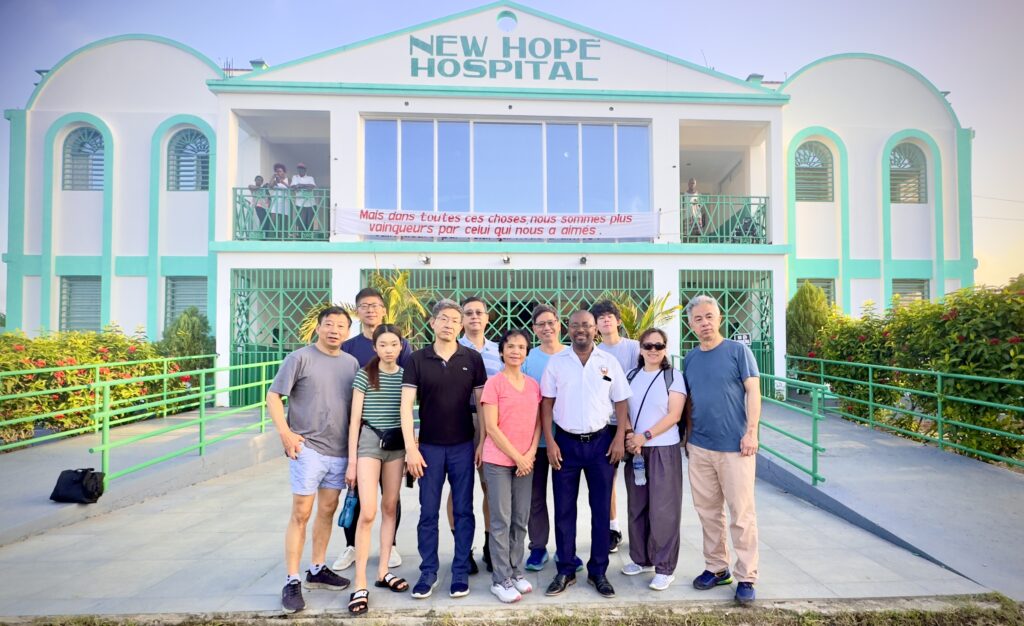
Because of love, we go extra miles to Haiti for the medical missons. We have already received countless blessings, and our cups overflow with joy. We are willing to become vessels to bless others.
This kind of love transcends religious beliefs, geographic boundaries, upbringing, and personalities and age. The youngest among us is 16, and the oldest is 62, a gap of half a century. What kind of love is this?
We had 8 physicians graduated from different medical schools in China. To the west, is Hua Xi University of Medical Science; to the east, Shanghai Medical College, Fudan University; to the north, China Medical University, and to the south, Guangxi Medical University. If you were to connect these four directions—north to south, west to east, it forms a cross. Isn’t this love working
in our hearts– the eternal love of God?
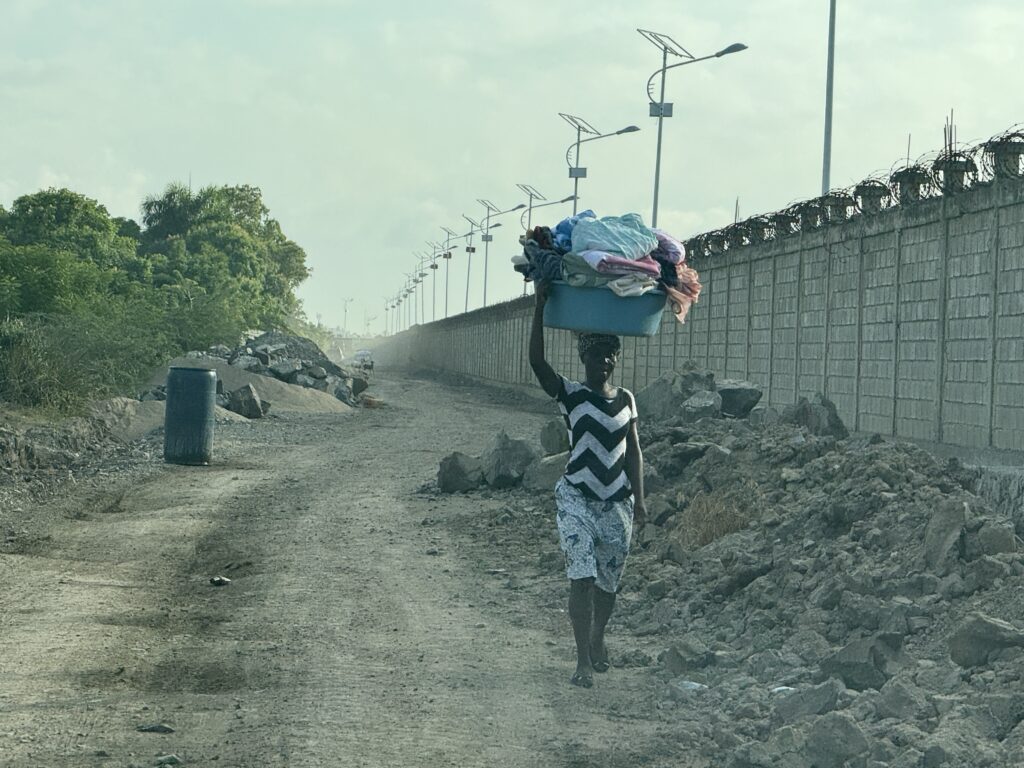
We will be coming home today. So long Haiti. Until next year, we shall return for another mission.
Dear friends, come and join our team! Whether through financial support or by participating yourself. $250 can change a men’s life and his family’s lives. We need surgeons and anesthesiologists to join the surgical anesthesia team, and we also need physicians from internal medicine, family practice, pediatrics, ophthalmology, pain management, and other clinical specialties to participate
in the multidisciplinary team. You will feel the greatness of this love, beyond ourselves, and experience the beauty of unity in medical missions, together we will go through an unforgettable journey of serving others!
For more information about the “Make Haitians Smile” project, please visit:
www.makemensmile.org
**Dates for the 2025 Haiti Medical Mission**:
March 14–19 and September 26–October 1.
